

Articles
Which Mixer Attachment For Frosting
Modified: May 6, 2024
Discover the best mixer attachments for frosting in our collection of informative articles. Find the perfect accessory to create silky-smooth frostings every time.
(Many of the links in this article redirect to a specific reviewed product. Your purchase of these products through affiliate links helps to generate commission for Storables.com, at no extra cost. Learn more)
Introduction
Frosting is an essential component of many delectable desserts. Whether you’re making a birthday cake, cupcakes, or cookies, having a smooth and fluffy frosting is a must. Achieving the perfect consistency and texture can be made easier with the right mixer attachment. In this article, we will explore the different options for mixer attachments when it comes to frosting, comparing the hand mixer and the stand mixer, and discussing the specific attachments commonly used for frosting.
When it comes to mixing and blending ingredients, there are two main types of mixers: the hand mixer and the stand mixer. Both have their advantages and can be used effectively for frosting, but they have different features and capabilities.
The hand mixer is a handheld device that is compact and easy to use. It is perfect for smaller batches of frosting and offers versatility and convenience. With different speeds and settings, you can control the mixing process and achieve the desired texture. However, the hand mixer may require more effort and time to achieve the same results as a stand mixer.
On the other hand, the stand mixer is a countertop appliance that offers more power and stability. It is ideal for larger batches and provides hands-free operation. With its powerful motor and various attachments, a stand mixer can handle heavy-duty mixing tasks effortlessly. This makes it a popular choice for professional bakers or those who frequently bake in larger quantities.
Now that we have a general understanding of the two types of mixers, let’s dive into the specific mixer attachments commonly used for frosting.
Key Takeaways:
- Choose a hand mixer with whisk attachment for light and airy frostings, or opt for a stand mixer with paddle attachment for smooth and creamy textures. Each attachment plays a crucial role in achieving the perfect frosting consistency.
- Whether you’re a casual baker or a baking enthusiast, understanding the strengths of each mixer attachment is key to elevating your frosting game. Whisk attachments create fluffy textures, paddle attachments cream ingredients, and beater attachments blend ingredients for delectable desserts.
Read more: Which Stand Mixer Attachment For Cookies
Hand Mixer vs Stand Mixer
When it comes to choosing between a hand mixer and a stand mixer for frosting, there are a few factors to consider. The size of your baking projects, the frequency of your baking, and your personal preference all play a role in determining which mixer is right for you.
Hand mixers are lightweight and portable, making them easy to maneuver and store in smaller kitchens. They are ideal for occasional bakers or those who prefer a more hands-on approach to their baking. Hand mixers typically come with two main attachments: the whisk attachment and the beaters attachment.
The whisk attachment is perfect for whipping cream or egg whites to create fluffy and airy frostings. It incorporates air into the mixture, resulting in a light and delicate texture. The beaters attachment, on the other hand, is suitable for blending ingredients and achieving a smooth consistency. It works well for buttercream frostings, where a creamy and silky finish is desired.
However, for larger baking projects or frequent use, a stand mixer may be a better option. Stand mixers are more powerful and can handle heavy batters and doughs with ease. They come with additional attachments, including the paddle attachment and the whisk attachment, in addition to the beaters attachment found in hand mixers.
The paddle attachment is perfect for creaming butter and sugar together, resulting in a light and fluffy frosting. It also works well for incorporating dry ingredients into wet ingredients without overmixing. The whisk attachment of a stand mixer provides the same benefits as the hand mixer’s whisk attachment, creating velvety and airy frostings.
Another advantage of stand mixers is their capacity to accommodate attachments such as the dough hook, which is useful for kneading dough for bread or other baked goods. This versatility makes stand mixers a favorite among avid bakers who enjoy experimenting with different recipes.
Ultimately, the choice between a hand mixer and a stand mixer depends on your specific needs and preferences. If you primarily bake smaller batches and prefer the convenience of a handheld device, a hand mixer with whisk and beaters attachments would be suitable. On the other hand, if you regularly undertake larger baking projects or enjoy the hands-free operation and added attachments, a stand mixer would be a worthwhile investment.
In the next sections, we will explore each attachment in more detail, discussing their specific uses and benefits when it comes to frosting.
Whisk Attachment
The whisk attachment is a versatile tool when it comes to frosting. It is designed to beat ingredients rapidly and incorporate air into the mixture, resulting in light and fluffy frostings.
One of the popular uses for the whisk attachment is whipping cream. It can transform heavy cream into a luscious and airy topping for cakes and desserts. By whisking the cream at high speed, the attachment helps to create stiff peaks, giving the frosting a stable and voluminous texture.
In addition to whipping cream, the whisk attachment is also ideal for beating egg whites. Using the whisk attachment on a high speed setting, you can achieve soft or stiff peaks, depending on your desired outcome. Beaten egg whites can be folded into other frosting ingredients to create a light and delicate texture.
When making meringue frostings such as Swiss or Italian meringue, the whisk attachment becomes indispensable. It can beautifully incorporate the sugar syrup into the egg whites, creating a smooth and glossy frosting that holds its shape well. The continuous whisking action of the attachment ensures that all the ingredients are thoroughly combined.
While the whisk attachment is primarily used for whipping and incorporating air, it can also be used to mix other frosting ingredients. It can help combine liquid ingredients with powdered sugar or cocoa powder, resulting in a smooth and creamy consistency. This is particularly useful when making glaze or pourable frostings that require a thinner texture.
When using the whisk attachment, it is important to start at a low speed and gradually increase the speed to prevent splattering. The high-speed setting should be used for whipping cream, beating egg whites, and achieving the desired texture for various frostings. However, it is crucial to avoid overmixing, as this can lead to a dense and heavy frosting.
Overall, the whisk attachment is an essential tool for achieving light and airy frostings. Whether you’re whipping cream, beating egg whites, or creating meringue frostings, this attachment can help you achieve the desired texture and consistency. So, if you crave a fluffy and cloud-like frosting, the whisk attachment is your go-to tool!
For frosting, use the paddle attachment on a stand mixer for a smooth and creamy texture. The paddle attachment incorporates air into the frosting without overmixing.
Paddle Attachment
The paddle attachment is a versatile tool when it comes to frosting, offering an efficient and effective way to mix ingredients and achieve a smooth and creamy consistency.
One of the main uses for the paddle attachment is creaming butter and sugar together. This step is crucial for making buttercream frosting, where the goal is to incorporate air into the mixture and create a light and fluffy texture. The paddle attachment works by beating the butter and sugar together, resulting in a smooth and creamy base for the frosting.
In addition to creaming butter and sugar, the paddle attachment is also useful for blending other ingredients into the frosting. It can efficiently combine powdered sugar, cocoa powder, or flavorings with the butter mixture, resulting in a homogeneous and well-incorporated frosting. This is particularly important for achieving a consistent flavor and color throughout the frosting.
The paddle attachment is designed to mix ingredients at a medium to low speed to avoid incorporating too much air into the frosting. This is especially important when making sturdier frostings, such as cream cheese or ganache-based frostings, where a denser and more stable texture is desired. Overmixing with the paddle attachment can lead to a frosting that is too light or has a whipped texture, which may not be suitable for all types of desserts.
Another benefit of the paddle attachment is its ability to gently fold in additional ingredients. For example, if you’re adding chopped nuts, grated chocolate, or dried fruit to your frosting, the paddle attachment can incorporate them evenly without crushing or overmixing. This ensures that the added elements are distributed throughout the frosting, adding texture and flavor.
When using the paddle attachment, it is important to periodically scrape down the sides of the mixing bowl to ensure that all the ingredients are well combined. This will prevent any pockets of unmixed ingredients and help achieve a smooth and creamy consistency.
Overall, the paddle attachment is a vital tool for achieving a smooth and creamy frosting. Whether you’re creaming butter and sugar, blending in other ingredients, or gently folding in additions, this attachment provides efficient and effective mixing. So, if you’re aiming for a rich and velvety frosting, the paddle attachment is your best friend in the kitchen!
Beater Attachment
The beater attachment is a versatile tool that is commonly used for frosting, offering efficient mixing and blending capabilities to achieve a smooth and creamy consistency.
One of the primary uses for the beater attachment is for blending ingredients together to create a uniform frosting. It is ideal for combining butter, shortening, or margarine with powdered sugar, creating a smooth base for various types of frostings. The beater attachment’s flat paddle design is perfect for breaking down ingredients and ensuring they are well incorporated.
When it comes to making frostings like American buttercream or cream cheese frosting, the beater attachment excels. It can efficiently mix the ingredients together, resulting in a creamy and spreadable texture. Unlike the whisk attachment, which incorporates air for a lighter texture, the beater attachment focuses on achieving a smooth and rich consistency.
The beater attachment is also well-suited for incorporating other flavorings and additions into the frosting mixture. Whether it’s vanilla extract, cocoa powder, or fruit purée, the beater attachment can mix these ingredients evenly throughout the frosting, enhancing the taste and adding depth to the overall flavor profile. It is important to start at a low speed and gradually increase the speed to prevent splattering and excessive mixing.
In addition to mixing ingredients, the beater attachment can also help in achieving a fluffy and airy texture for certain frostings. By beating the ingredients at high speed, the beater attachment can introduce more air into the mixture, resulting in a lighter and fluffier frosting. This technique is commonly used for frostings like seven-minute frosting or marshmallow frosting.
When using the beater attachment, it is crucial to scrape down the sides of the mixing bowl regularly to ensure that all the ingredients are well combined. This will prevent any pockets of unmixed ingredients and help achieve a smooth and cohesive texture. Additionally, avoid overmixing with the beater attachment as it can lead to a dense and heavy frosting.
Overall, the beater attachment is a valuable tool for achieving a smooth and creamy frosting. Whether you’re blending ingredients together, incorporating flavorings, or aiming for a fluffy and airy texture, this attachment provides efficient and effective mixing capabilities. So, if you’re looking for a luscious and buttery frosting, the beater attachment is a must-have in your kitchen arsenal!
Read more: Which Stand Mixer Attachment For Cake
Conclusion
Choosing the right mixer attachment for frosting is essential to achieve the perfect consistency, texture, and flavor. Whether you opt for a hand mixer or a stand mixer, each attachment serves a specific purpose and can greatly impact the outcome of your frosting.
When using a hand mixer, the whisk attachment is ideal for whipping cream and beating egg whites to create light and airy frostings. The beaters attachment is great for blending ingredients and achieving a smooth and creamy consistency. Hand mixers are convenient for smaller batches and offer versatility for occasional bakers.
A stand mixer provides more power and stability, making it suitable for larger baking projects and frequent use. The paddle attachment is perfect for creaming butter and sugar together, resulting in a light and fluffy texture. The whisk attachment offers the same benefits as the hand mixer’s whisk attachment, creating velvety and airy frostings. Stand mixers also have the advantage of additional attachments, like the dough hook, for more versatility in baking.
In conclusion, the choice between a hand mixer and a stand mixer depends on your specific needs and preferences. For occasional bakers and smaller batches, a hand mixer with whisk and beaters attachments should suffice. If you frequently undertake larger baking projects or prefer the convenience of hands-free operation, investing in a stand mixer with paddle and whisk attachments would be a wise decision.
Regardless of the type of mixer you choose, each attachment plays a crucial role in achieving the desired texture and consistency for your frosting. The whisk attachment is excellent for creating light and airy frostings, the paddle attachment is perfect for creaming ingredients and achieving a smooth and creamy texture, and the beater attachment is ideal for blending ingredients together. By understanding the strengths of each attachment, you can make informed decisions to elevate your frosting game.
So, the next time you embark on a baking adventure, armed with the right mixer attachment for frosting, you’ll be able to create delectable and visually appealing desserts that will leave everyone craving for more.
Excited about perfecting your frosting techniques? Knowing which mixer attachment to use is just the beginning. Once you've got that down, why not enhance your kitchen toolkit further? Dive into our detailed guide on the best paddle attachments for mixers, where you'll discover sets that promise to make every baking endeavor smoother and more efficient. Whether you're a novice baker or a seasoned pro, these insights will surely refine your culinary creations. Don't miss out; let us help you find the ideal mixer accessories today!
Frequently Asked Questions about Which Mixer Attachment For Frosting
Was this page helpful?
At Storables.com, we guarantee accurate and reliable information. Our content, validated by Expert Board Contributors, is crafted following stringent Editorial Policies. We're committed to providing you with well-researched, expert-backed insights for all your informational needs.
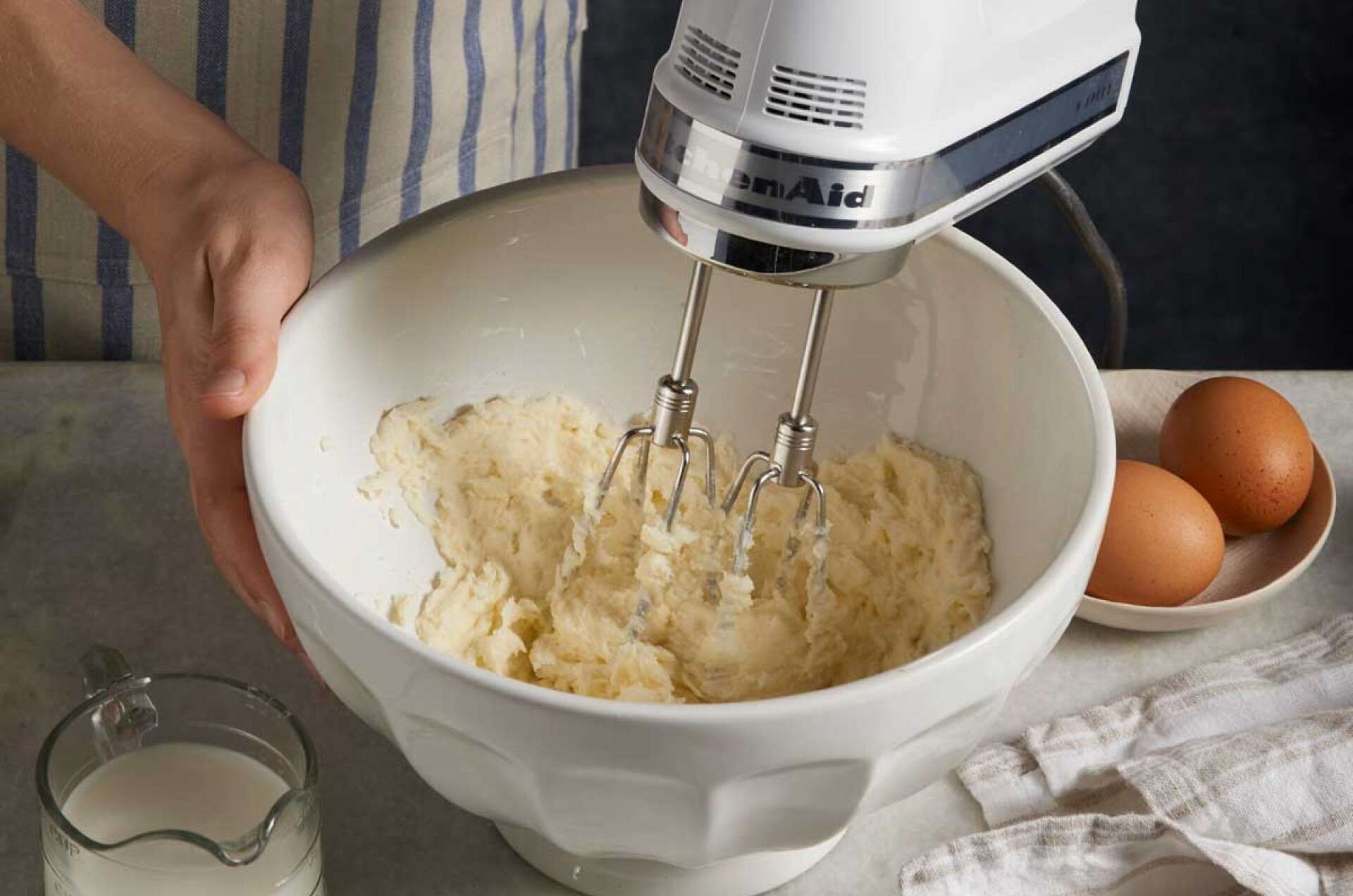
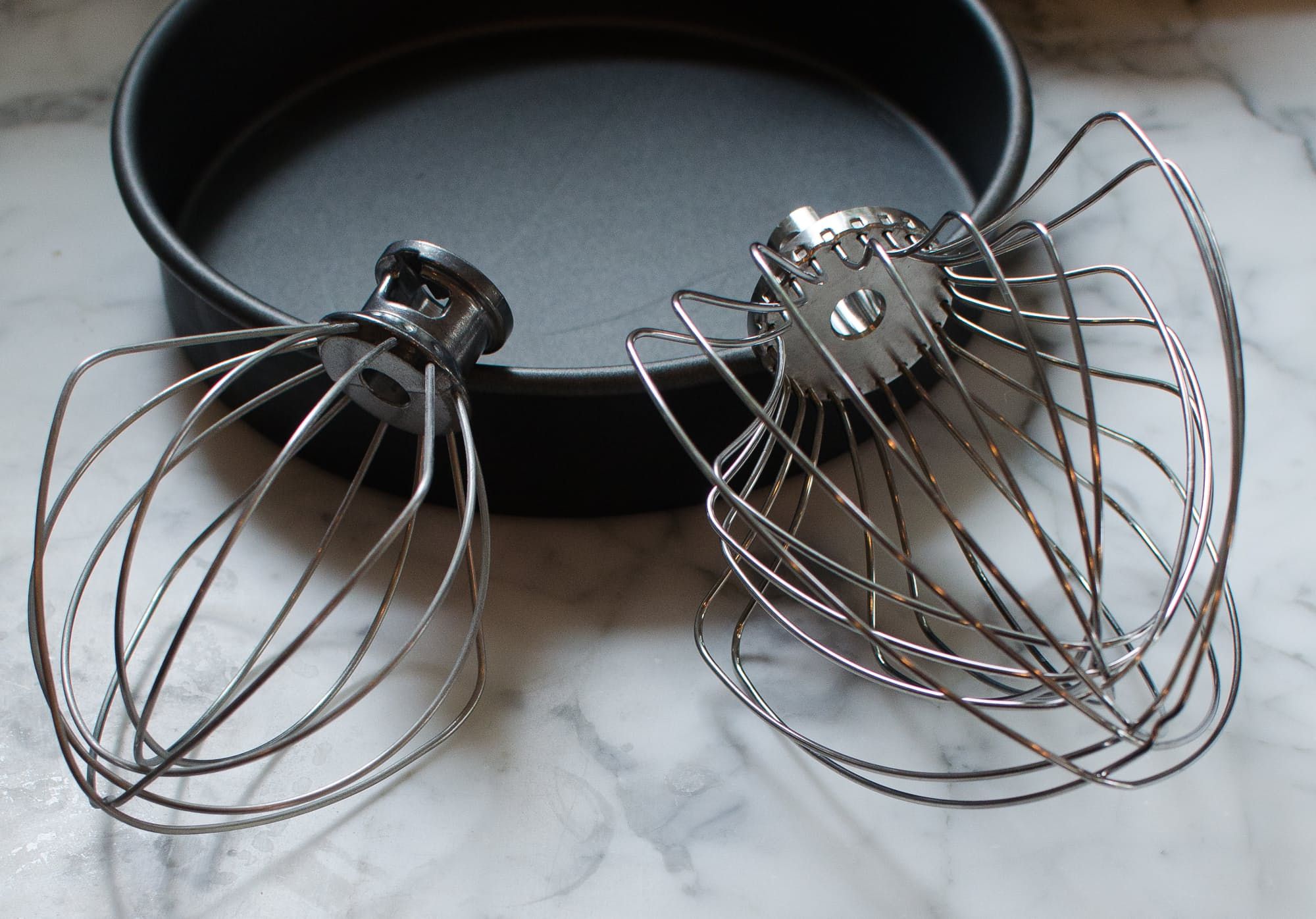
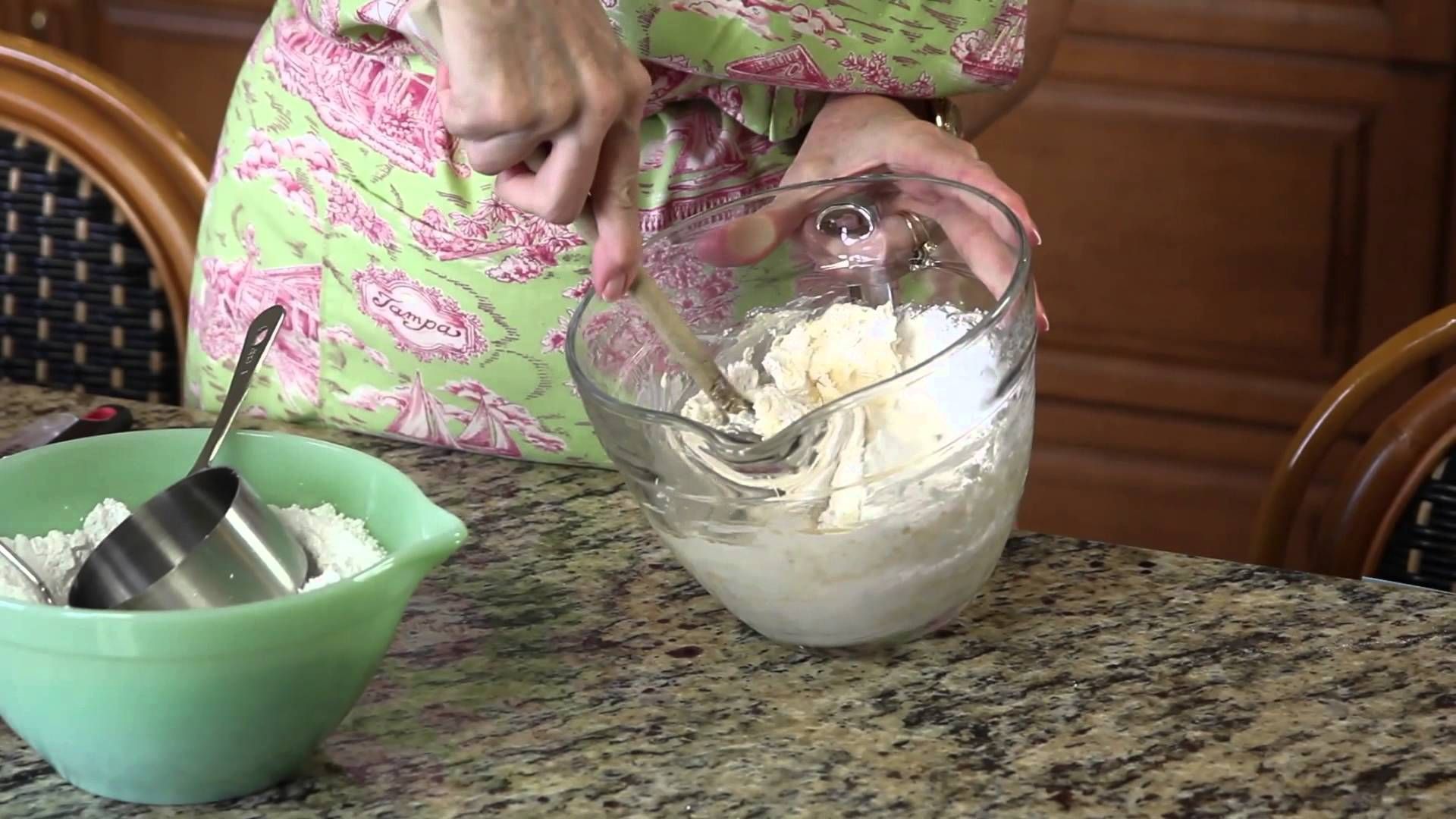
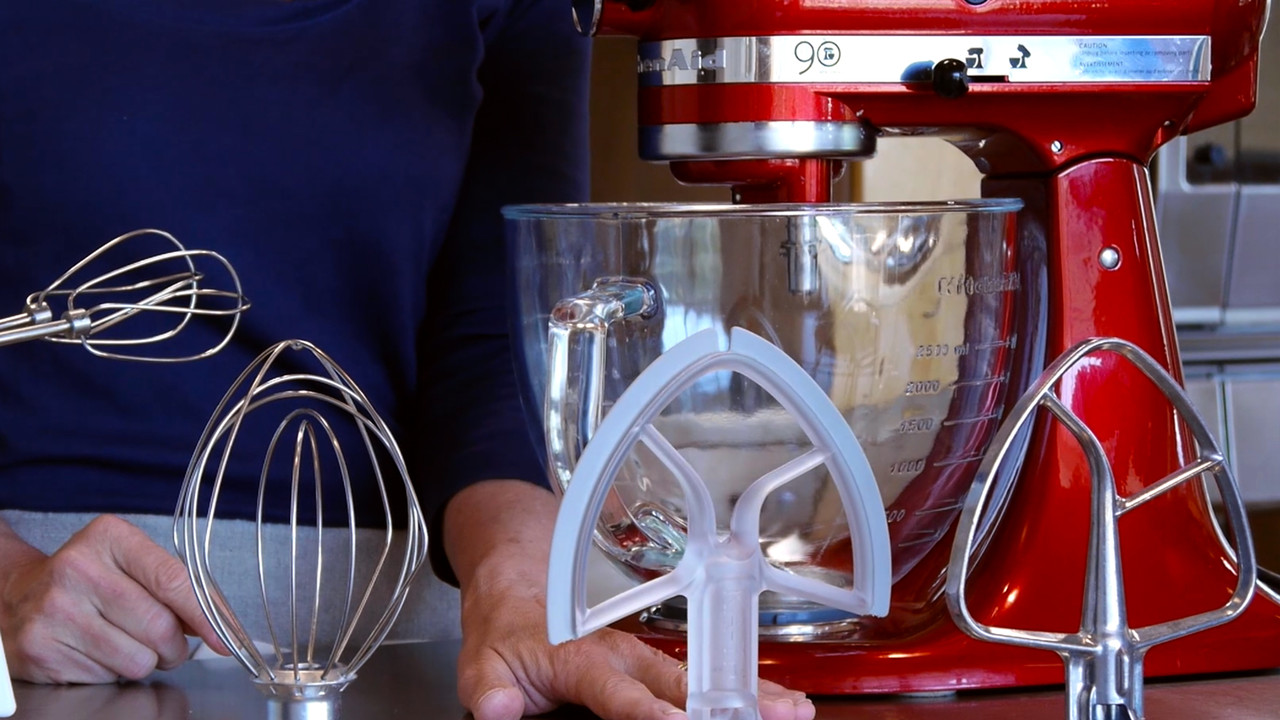
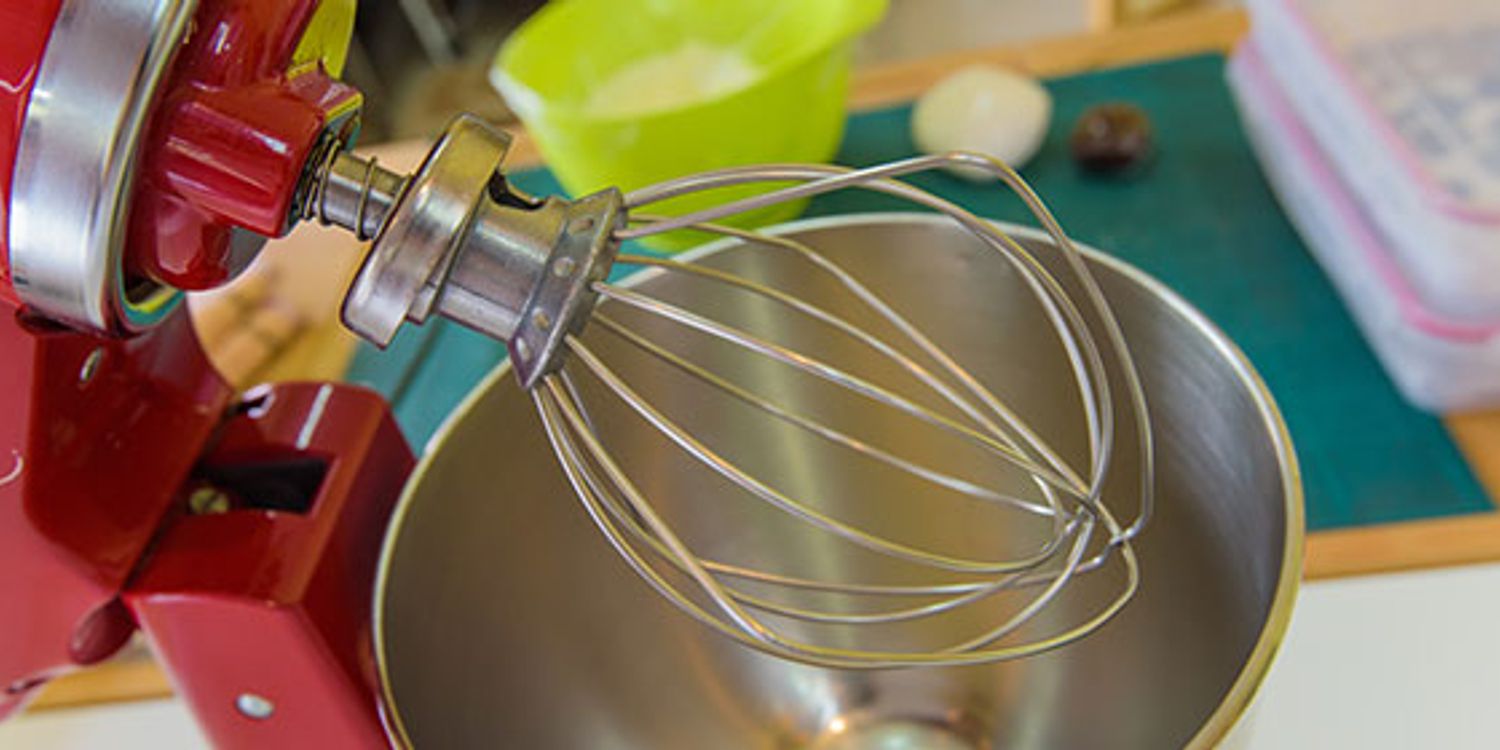
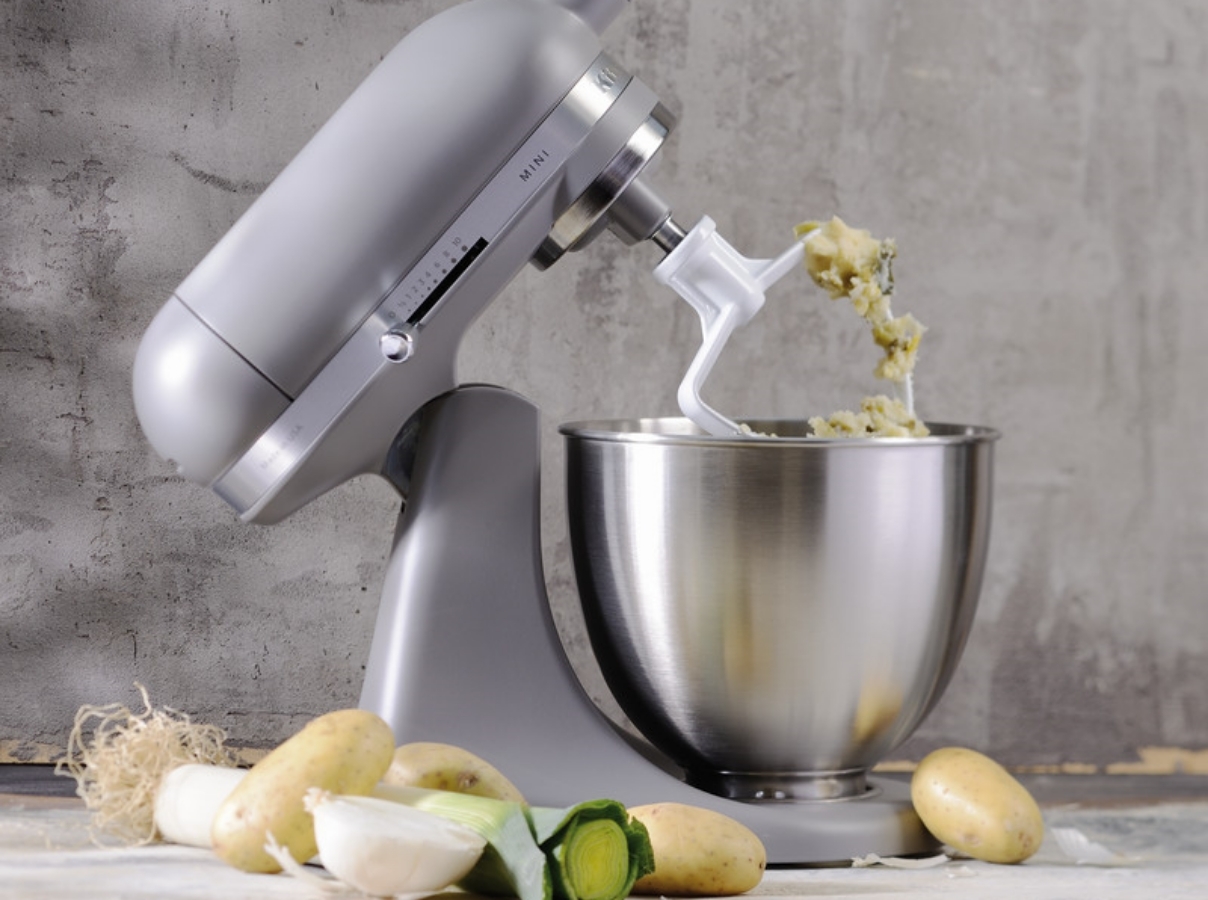
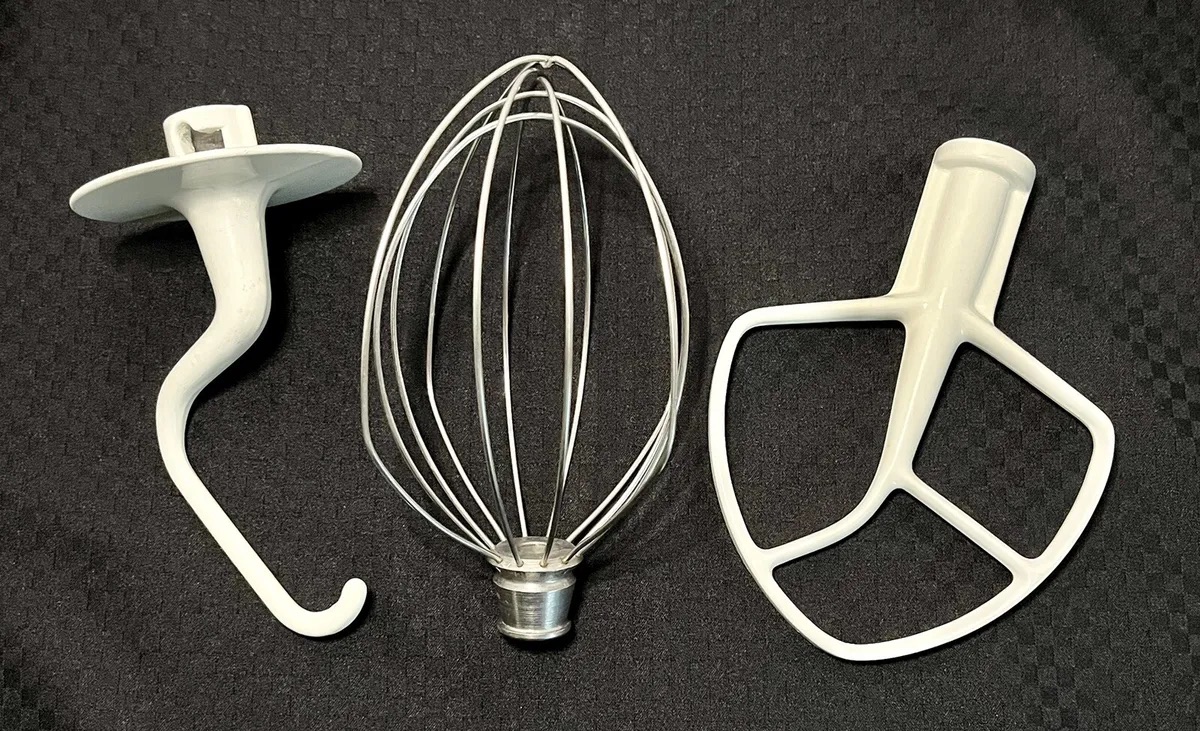
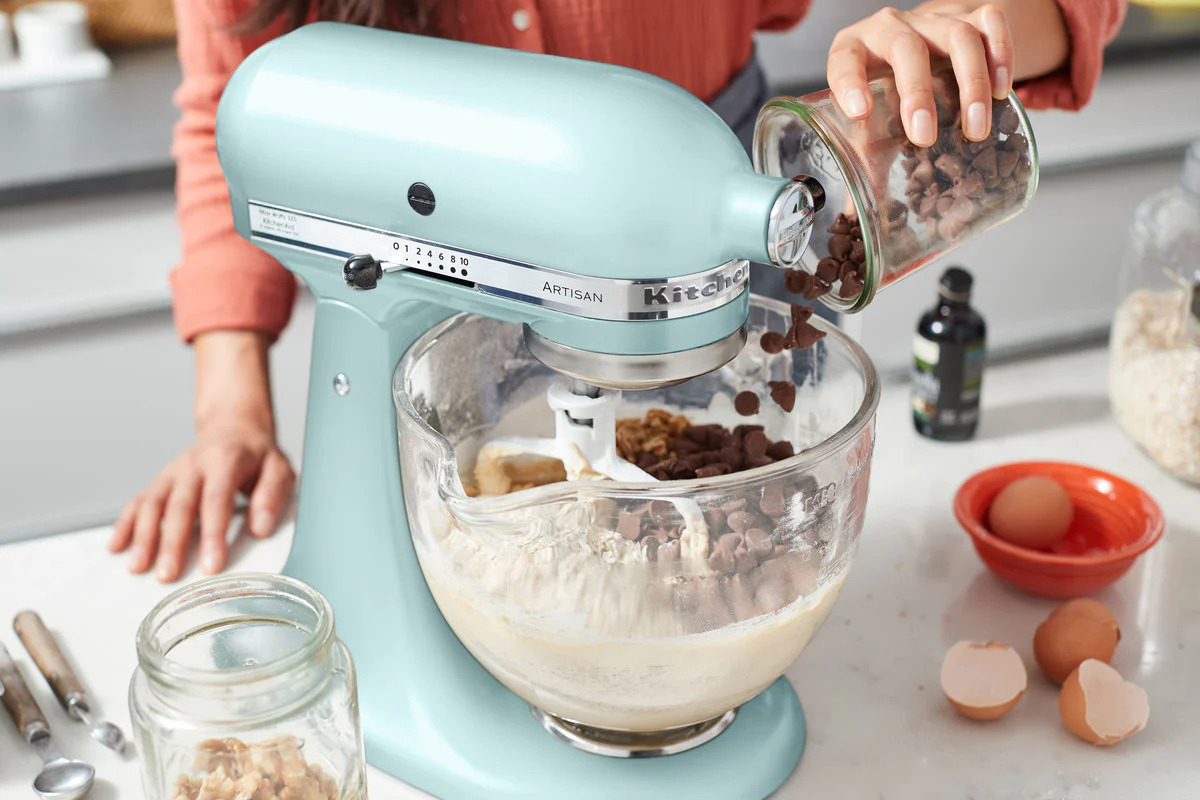

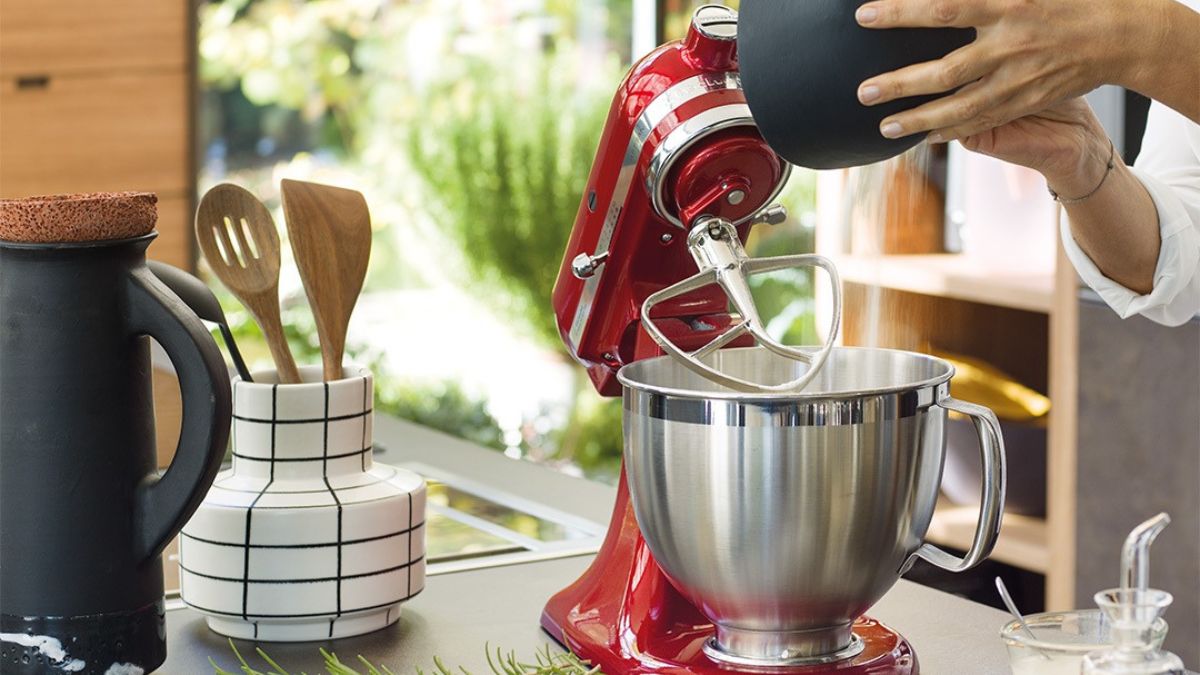
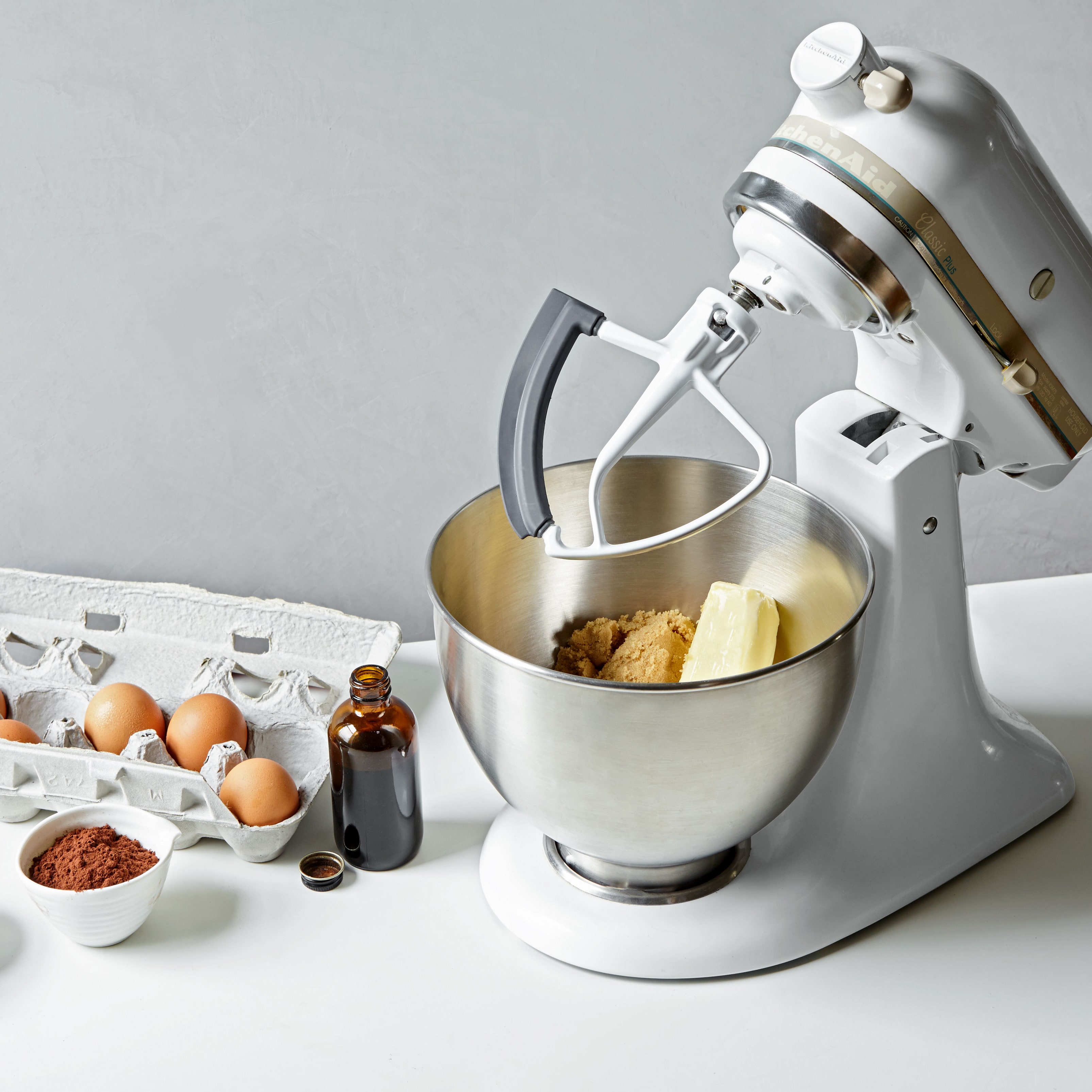
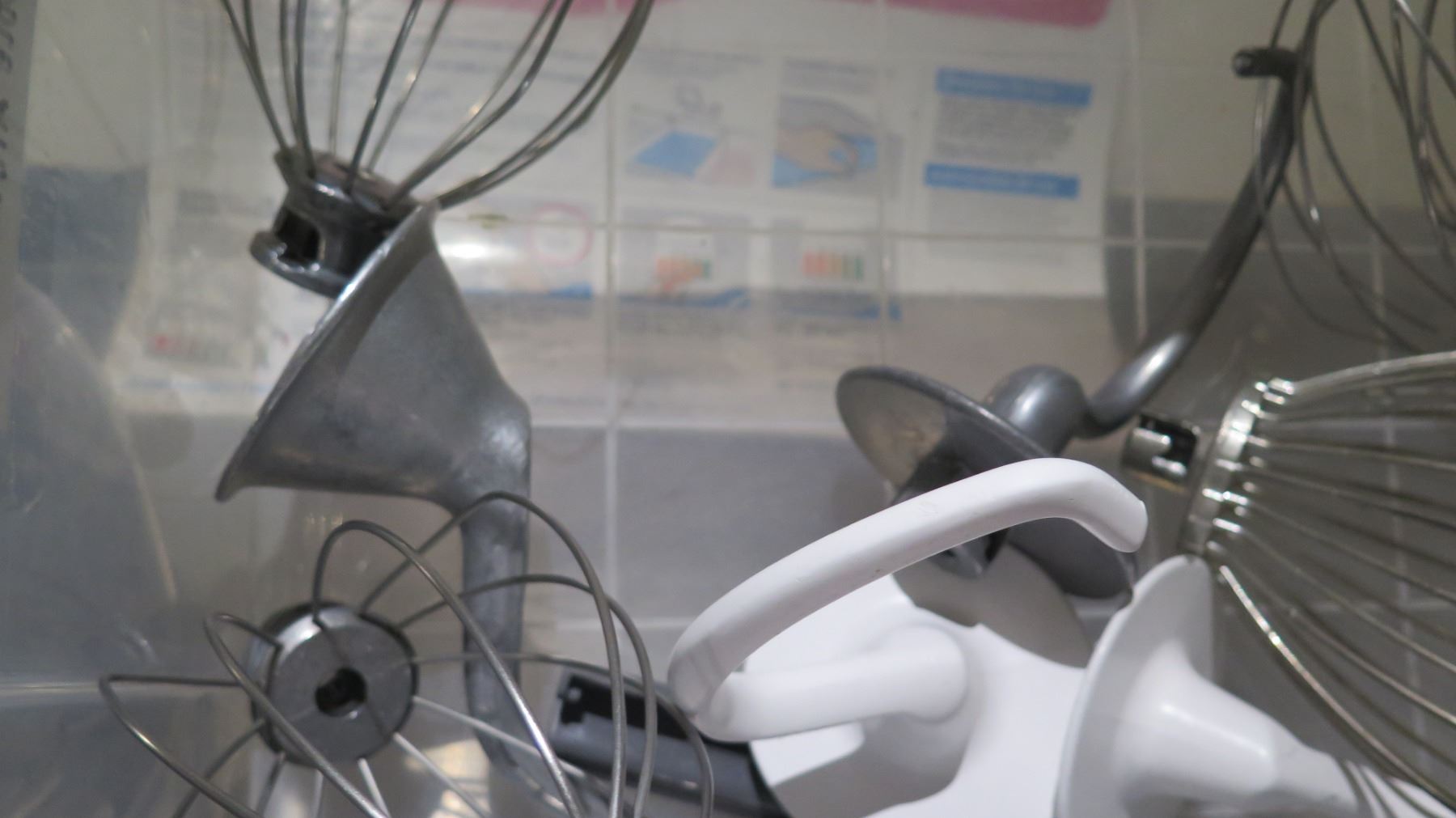

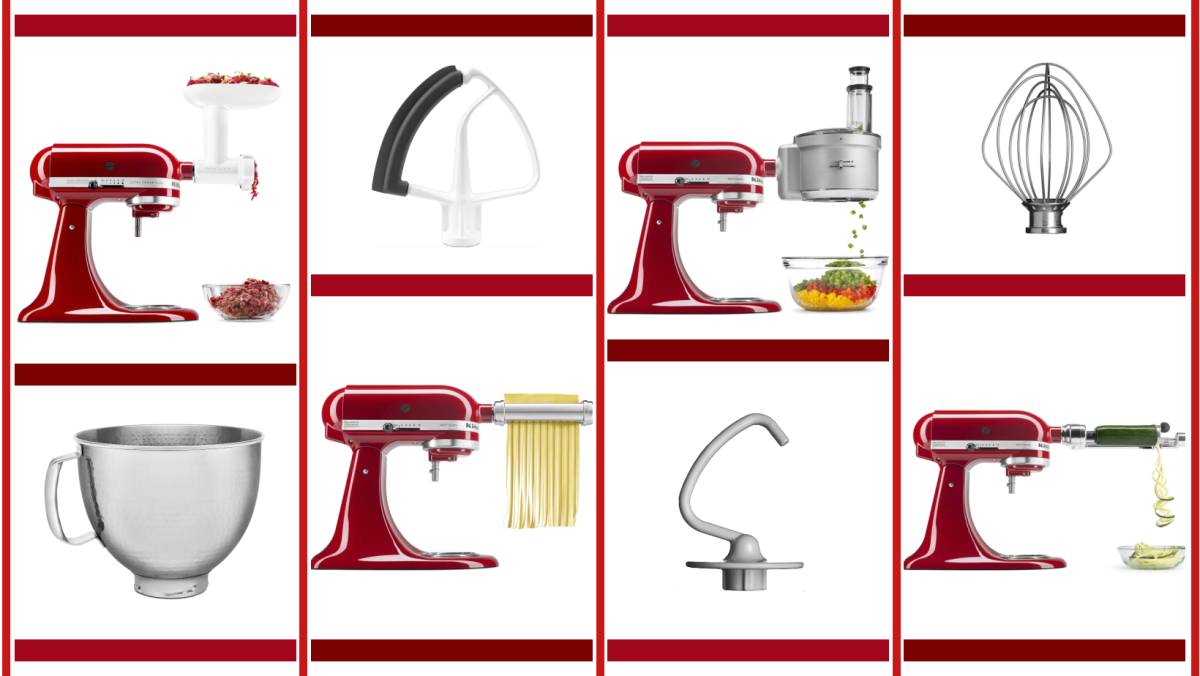

0 thoughts on “Which Mixer Attachment For Frosting”